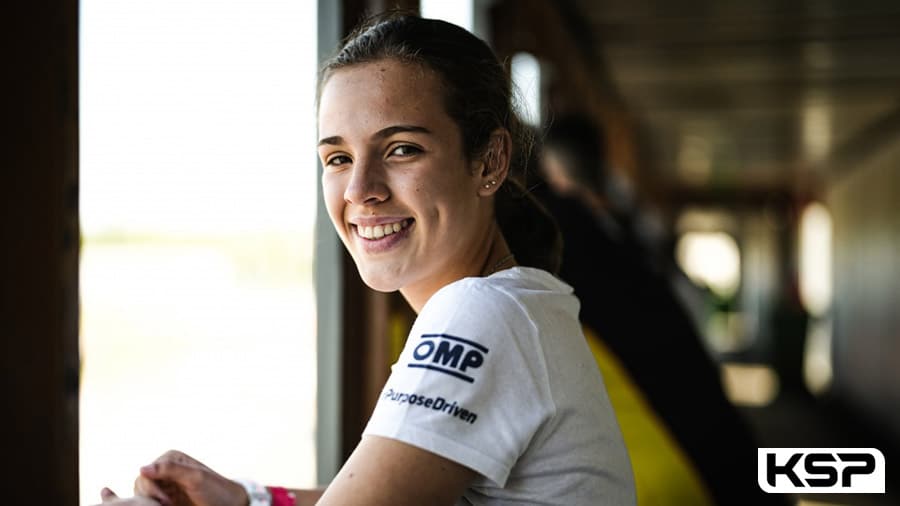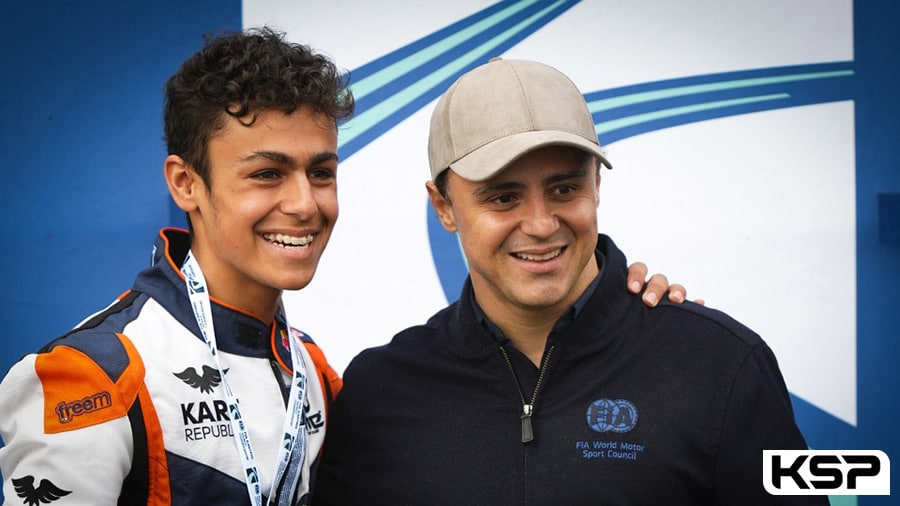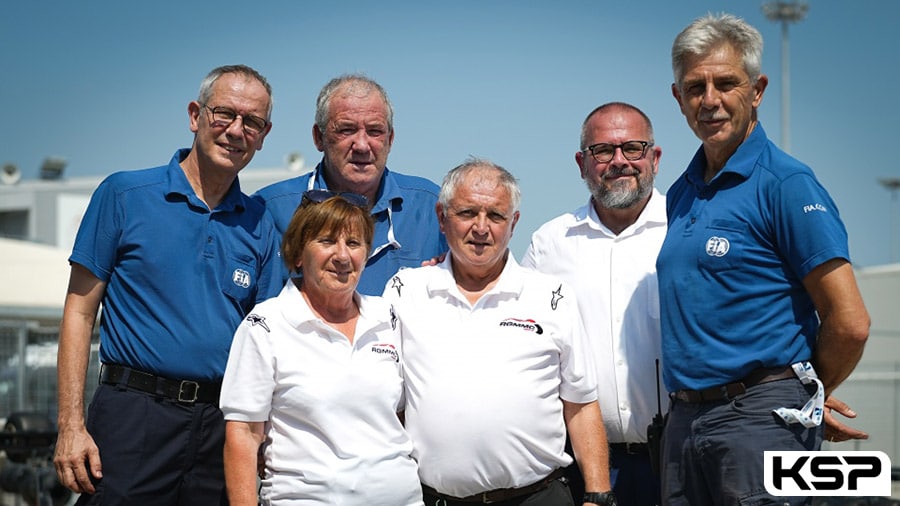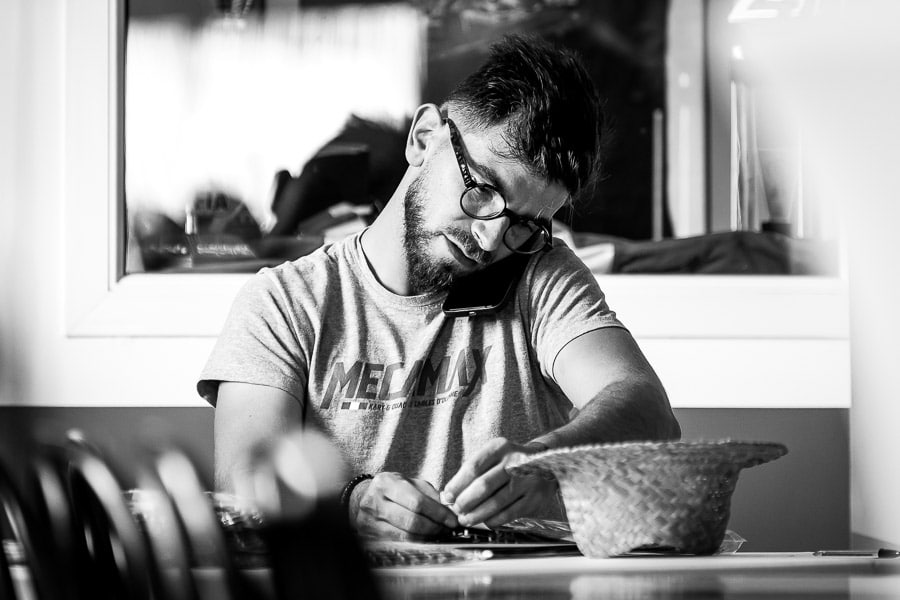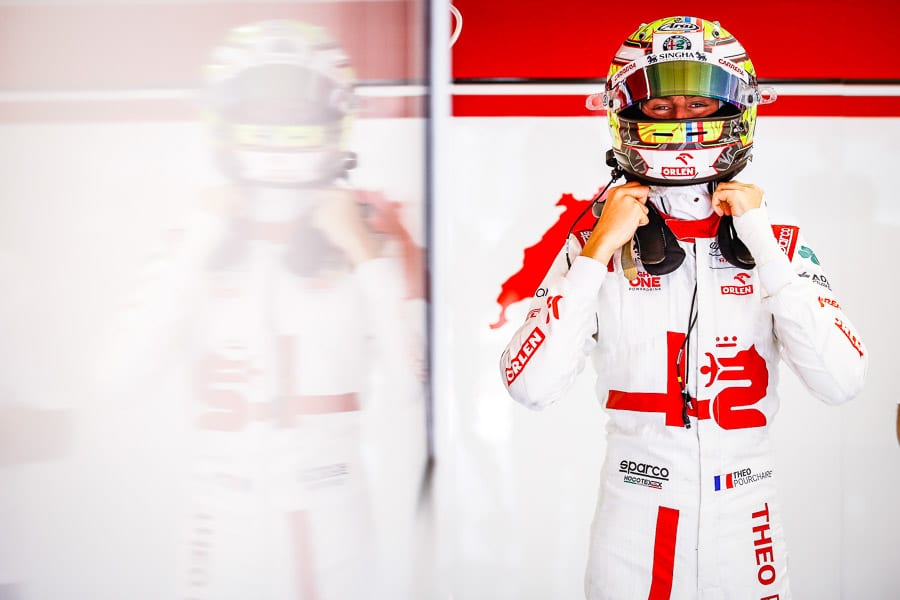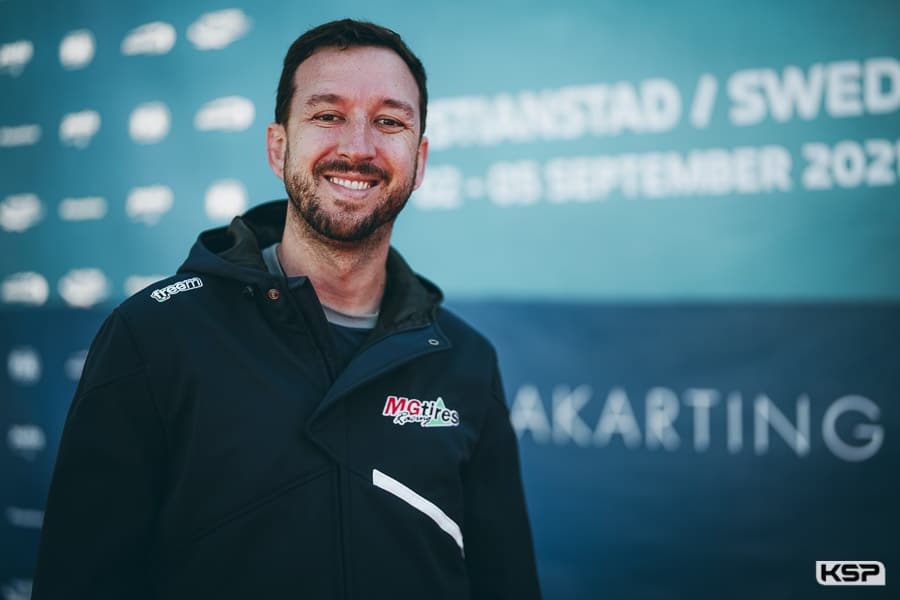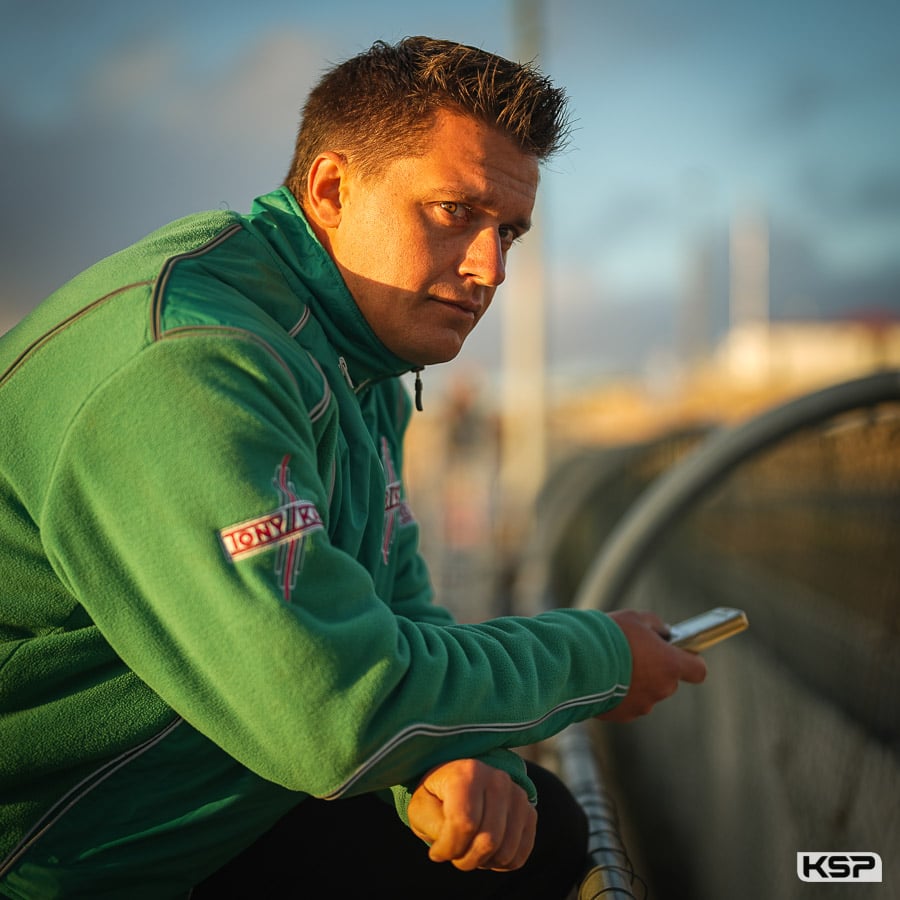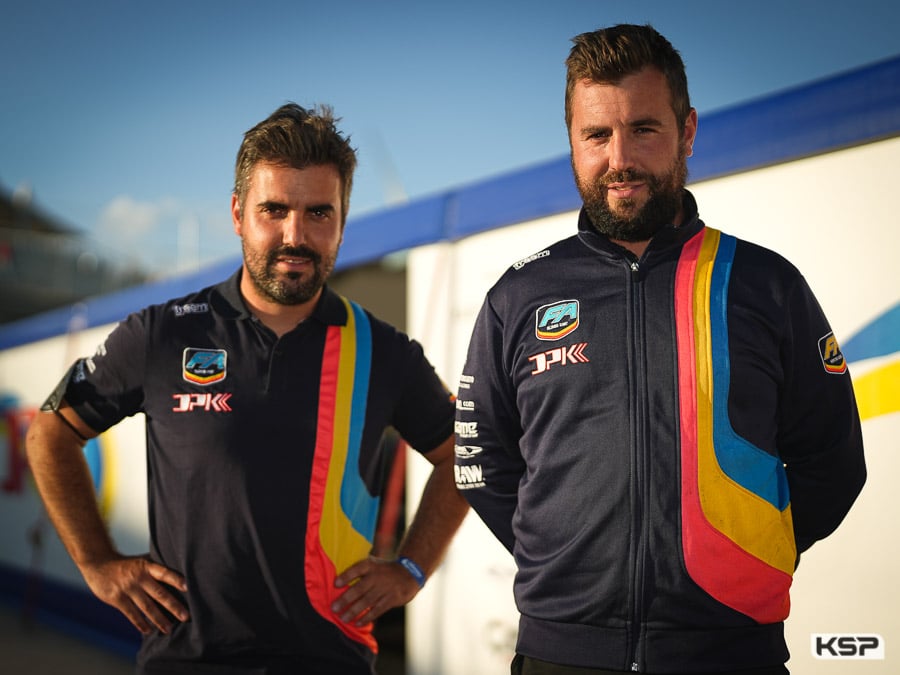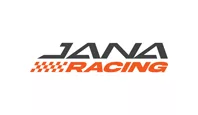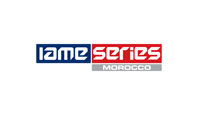2015 CIK-FIA Best-Of: Annemiek Bonenkamp, Bridgestone Motorsport Holland
The Bridgestone company, founded in Japan in 1931 by Shojiro Ishibashi, (Stonebridge in English) is currently the world’s largest tyres manufacturing group. Active in motorsport since 1963, the Japanese brand has enjoyed countless successes in competition. Winning championships from Karting to F1, in Touring-cars, Endurance, Indy-cars as well as MotoGP. High lights are of course […]
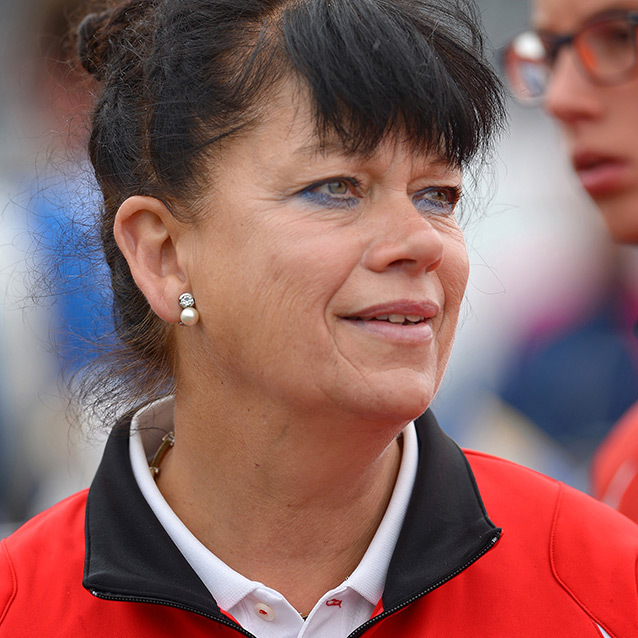
The Bridgestone company, founded in Japan in 1931 by Shojiro Ishibashi, (Stonebridge in English) is currently the world’s largest tyres manufacturing group. Active in motorsport since 1963, the Japanese brand has enjoyed countless successes in competition. Winning championships from Karting to F1, in Touring-cars, Endurance, Indy-cars as well as MotoGP. High lights are of course the 10 F1 championships including five consecutive World titles for Michael Schumacher between 2000 and 2004, MotoGP title wins with Valentino Rossi among others and last but not least the more than 100 CIK-FIA Karting Championship wins.

Interview with Annemiek Bonenkamp, from Bridgestone Motorsport Holland.
What does competition karting do for a company as large as Bridgestone?
– Bridgestone has been involved in competition for over 50 years, to develop its products and enhance its image. Karting may well be a small community, but its impact among fans is far from negligible. Bridgestone thinks that drivers who use tyres from an early age are more likely to remain loyal to the brand throughout their lives. Technically, the research work on karting tyres is useful for all Bridgestone products and a perfect training ground for engineers.
How does the collaboration with the Japanese factory work?
– Bridgestone Motorsport Holland Office as it is officially called, looks after the competition activities in Europe. International race service, assisting distributors and conducting development tests are our main activities. You could say that we are also the face, the eyes and ears of the Japanese company at the circuits. We collect a large amount of data during and after races on behalf of the parent company engineers. Being in direct contact with our customers and with our experience of competition, we can provide a lot of information to the factory.
How have karting tyres changed since the 70s?
– When Bridgestone arrived in the discipline in 1977, almost anything was permitted. Special tyres helped in pushing a long way looking for grip. It was very interesting technically, but the costs proved incompatible with the evolution of the sport. Today, the regulations are much stricter and that’s a good thing for the future of karting. The concept of environmental concern appeared and some components considered too polluting have had to be removed. Moreover, all tyres are now approved according to a very tight specification, in particular with regard to durability. Finally, manufacturers tender for the CIK-FIA Competitions exclusive supply. Therefore opposite to the early days, ultimate lap-time has become one of the criteria but is no longer the only one.
Can you take stock of the racing season?
– In 2015, Bridgestone was the official supplier for the CIK-FIA Karting Academy Trophy, the CIK-FIA European Championship and the World Championship for KZ. In the later an advanced class where factories and professional drivers clash, switching to harder rubber was not always appreciated. To the contrary the even harder option tire worked very well in the Academy allowing competitors to do all their driving on just a single set of new tires. All in all there is a mixed feeling, Bridgestone has scrupulously complied with the new regulations and provided tyres that comply fully with the demands of the CIK-FIA. Unfortunately, this seriousness is not always recognised at a fair value. On the other hand as we are competitive people we do sympathise with the disappointment of the KZ drivers not being able to set the quickest laptimes during an event due to the lack of ultimate performance of our tires. It is clear that in years to come Bridgestone has to take a different attitude towards “Prime” tire design.
What are your wishes for the future?
– Karting needs to find a wider audience. It is currently heading towards greater simplicity and less spending. This is the right direction to follow in an economically difficult period. We prefer to sell more tires to more participants at competitive prices instead of high prices to a small elite group. It is therefore essential that all parties involved cooperate with the aim to grow this sport.
(Extract from CIK-FIA 2015 Best-of)
Info CIK-FIA / © Photo KSP

